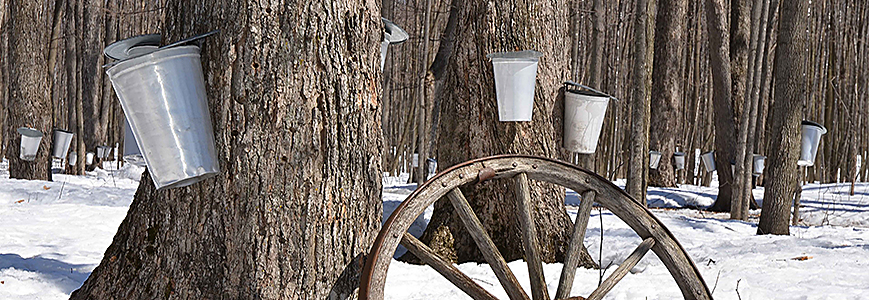Maple syrup - How sweet it is

Next time you pour maple syrup onto a pancake or waffle, you may be getting a little taste of NIST along with your breakfast.
Our scientists were called in recently to resolve a conflict between the manufacturer of a hydrometer -- a device that measures the density of liquids, in this case the sugar content of the sap from maple trees -- and the State of Vermont’s Agency of Agriculture, Food & Markets (AAF&M). The sugar percentage in the sap, which is boiled down to make maple syrup, has major economic importance, so all hydrometers used in the $300 million-plus industry must be inspected and approved by AAF&M. Between 2012 and 2016, the agency tested 39,241 of them.
When AAF&M tested the manufacturer’s instrument, it found it to be in error compared to the state’s reference hydrometer. The manufacturer disagreed. Both sought out NIST for a definitive answer.
Providing one was a challenge. Most hydrometers are calibrated at 60 °F or 68 °F. But by a long-standing practice not used in any other industry, maple sap hydrometers must be calibrated at 38 °F (a typical temperature when maple trees are tapped in early spring). So the NIST team had to devise a customized method from scratch for density calibration measurements that could be traced to national standards. It included preparing sugar solutions of 3% and 6% sucrose with an uncertainty less than 0.001% by weight and cooling them down to near freezing.
In the end, NIST determined that the Vermont standard hydrometer was accurate, and explained to the manufacturer how to make corrections that would bring its instrument into compliance. How sweet it is.
Contacts
-
PML webmaster

